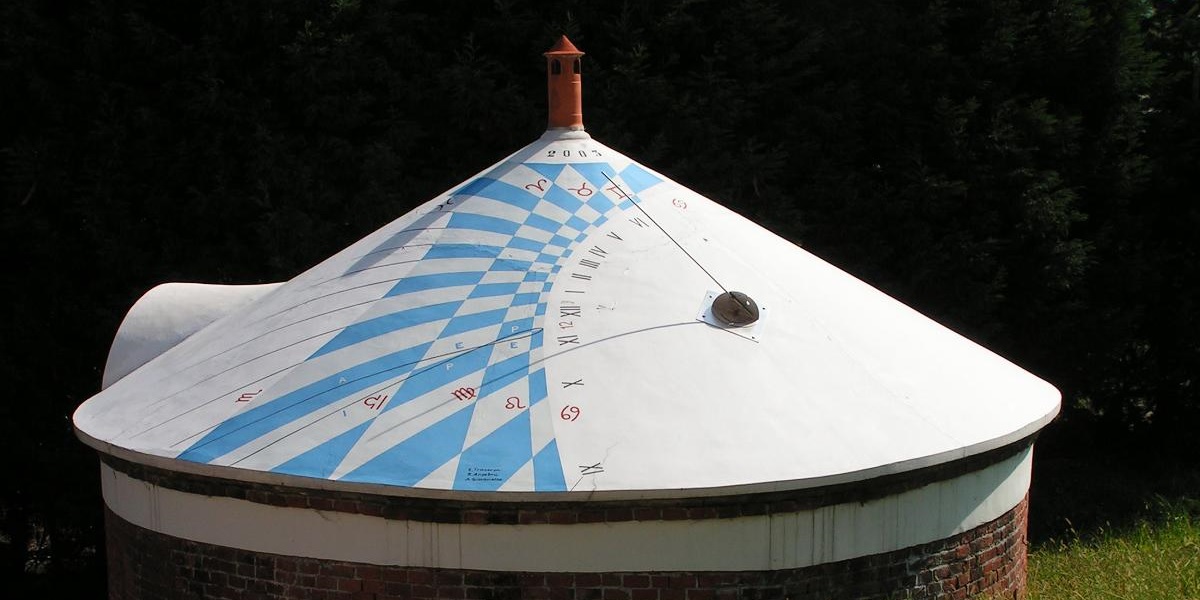
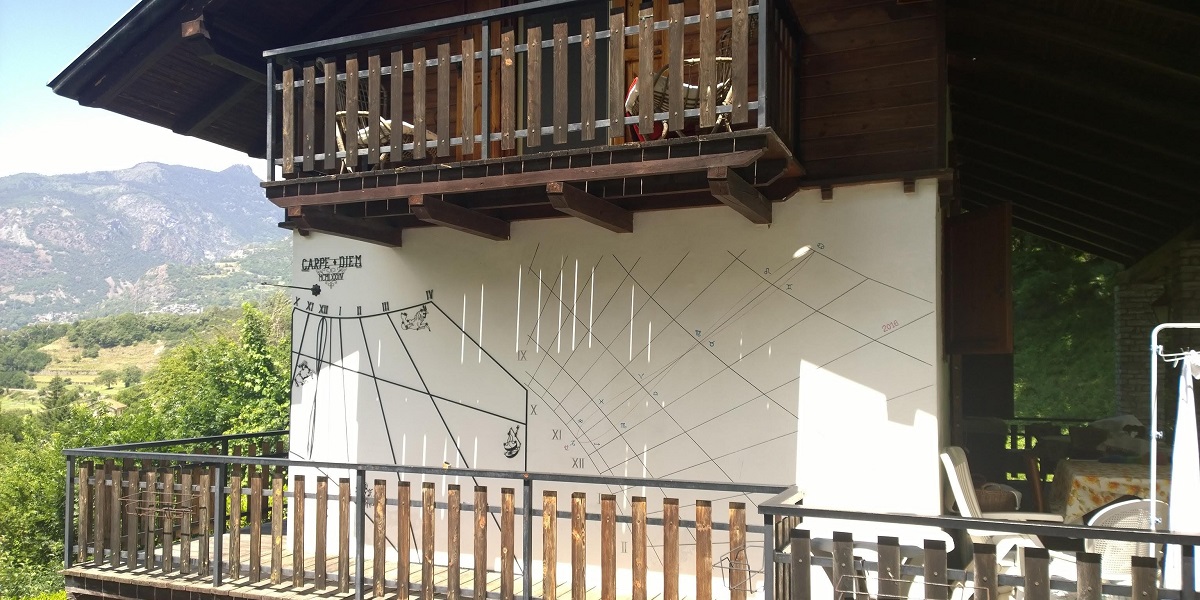
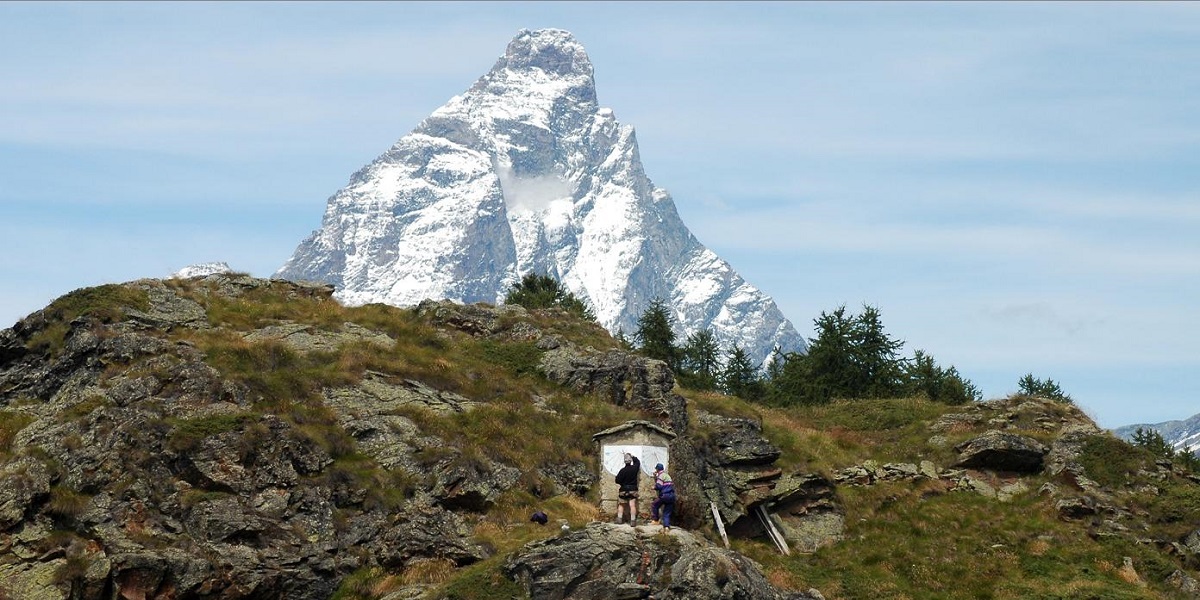
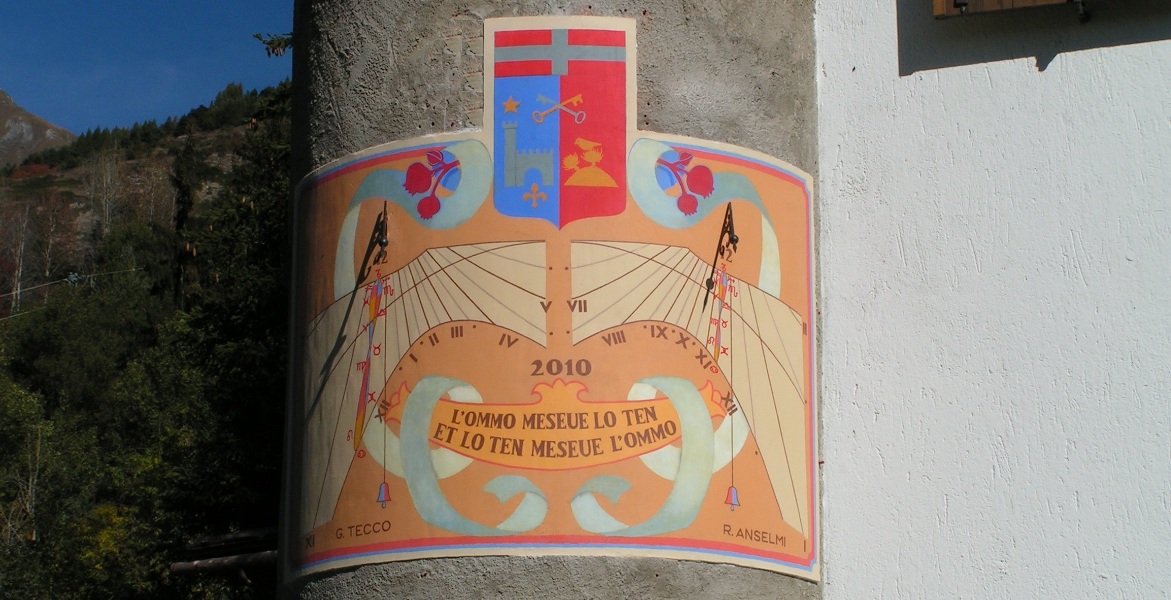
The authors
Riccardo Anselmi
Dear visitors, welcome to the website "TheSunofRA" created by Riccardo Anselmi and Andrea William Anselmi, authors of many gnomonic software. My great interest in mathematics, coupled with the valuable contribution of my son, expert of computer science, has allowed me to dedicate myself entirely to the gnomonics, a passion that was born in 1983 following a sudden flash and to deepen the knowledge of this matter by obtaining great satisfaction. I started the activity of dialist by realizing my first solar watch with my own program in Basic, developed on Commodore CBM Model 3008 personal computer. Since then I have created dozens of programs using languages that are more advanced and computers that are more modern. I proudly present with my son, webmaster, author of the site and part of the software, a cloud-based sundial SOFTWARE, thus facilitating the learning of this discipline and the graphics execution of sundials. Thanks for the attention. Riccardo Anselmi
The Gnomonics
Storia, arte e scienza delle meridiane
Brief History of Solar Clocks
Solar clocks, best known as sundials, have very ancient origins. The hemicycles of the Romans the hemispheric hollows which indicate the time inside them, are well-known: the tower of the winds in Athens, the clock of Augusto in Rome, which is perhaps the largest solar dial of all time, found partially in the underground of Rome Just recently, as a result of research based on testimonies from Pliny the Elder. Time, measured then in temporal hours, divided the day from dawn to sunset into twelve equal parts, regardless of seasons.
In less distant times, the temporal hours, which had the defect of being longer in summer than in winter, were abandoned in favour of the Italic hours, a time measuring system referring to the sunset of the sun. Indeed, the 24th hour was the moment of sunset, the 23s indicated an hour at sunset, 22 two hours at sunset, and so on. This new system was already a remarkable improvement over the time since the hours were 24 in the day and practically the same throughout the year. At the same time this subdivision introduced another similar one, which instead stared at midnight after sunset.
The Italic system was subsequently disposed of in favour of the overseas or French, which, even though dividing the entire day into 24 equal shares, began counting the hours at midnight.
Almost all the sundials built in the last century use this latter measurement system, which, however, is limited to the indication of local time. Therefore, a meridian in Florence indicates an hour different from that of a one located in Turin.
In recent centuries the sundial was so widespread that there was no neighbourhood where one could not see one on the wall of a building.
Following the advent and spread of the mechanical clock, the introduction of the average time and the time zone, the sundial missed its importance and was consequently neglected, first in cities and large centres, and finally in the countries And countryside. Therefore, after centuries of use, this historic timepiece was completely abandoned.
In Italy, for about thirty years or so, a renewed and general interest in the sundial and gnomonics, the science of sundials, is rediscovered. In our country, land of exceptional gnomonists, especially from the '400s to the' 700s, spontaneously forms a new generation of cultures of this discipline. In the early 1980s, there were very few, perhaps a dozen; Nowadays if they know more than three hundred and their number is growing.
Many books have been written and interesting articles have been published. The national census of the solar dials started a few years ago on the initiative of some volunteers, and later organized by the UAI - Italian Astrophiles Union. In addition to the numerous and beautiful traditional solar dials, monumental and sundial meridians have been constructed on curved surfaces, made with computer input.
There are many programs available today for neophytes, which allow you to calculate a solar dial with relative ease, leaving you free of fantasy about choice and execution technique.
The writer has made numerous programs, some of which generate a quad-video graphics image while some others provide Cartesian coordinates and other data needed to construct the dial. Part of these programs are now available to those interested, simply by downloading them from the site of the software site.
Software
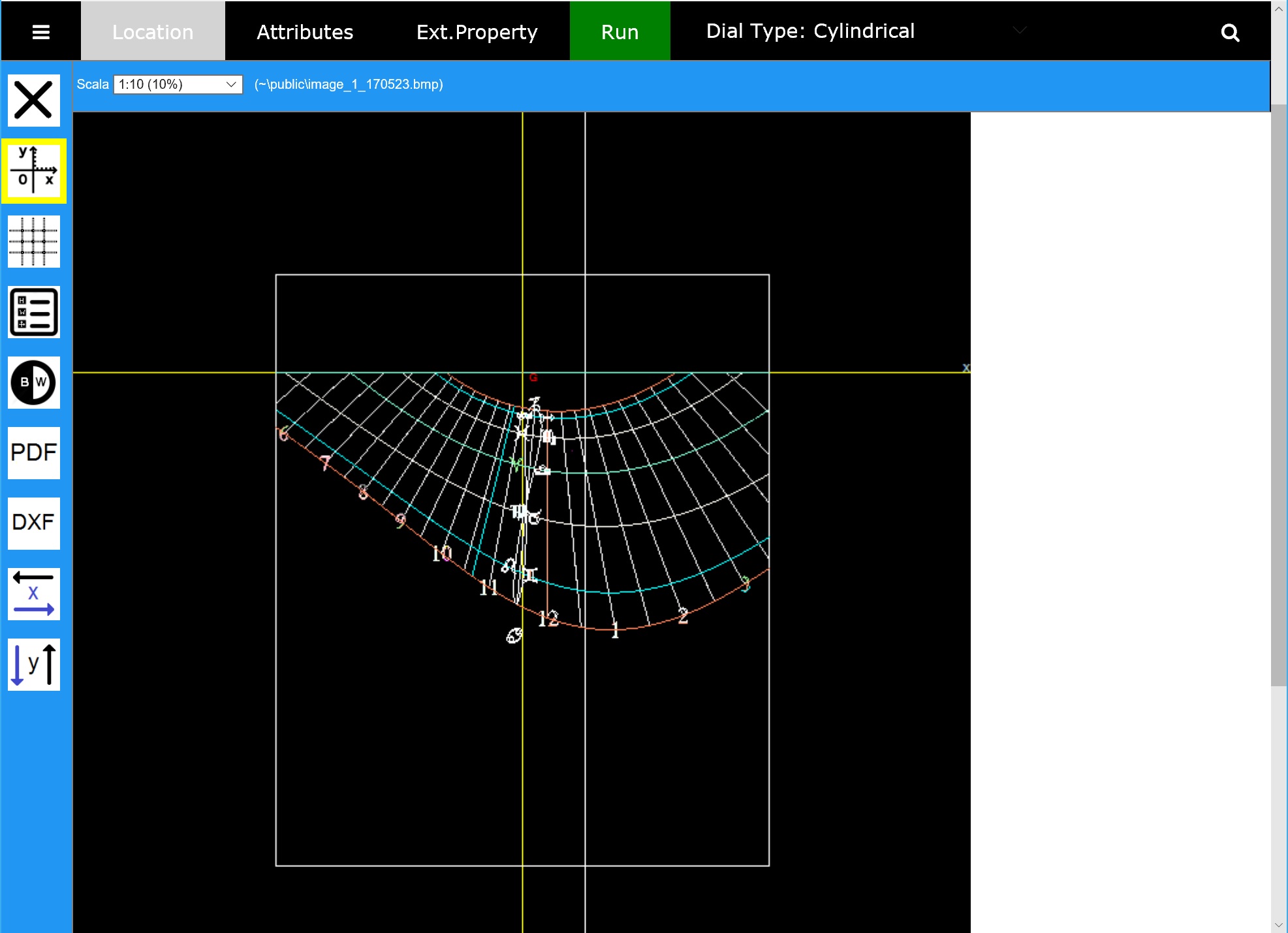
Cartesius Web
Cartesius Web Evo: same functions as Cartesius Mirror, immediately available without installing any software on all the devices with a browser among those more diffused. 3D View included!
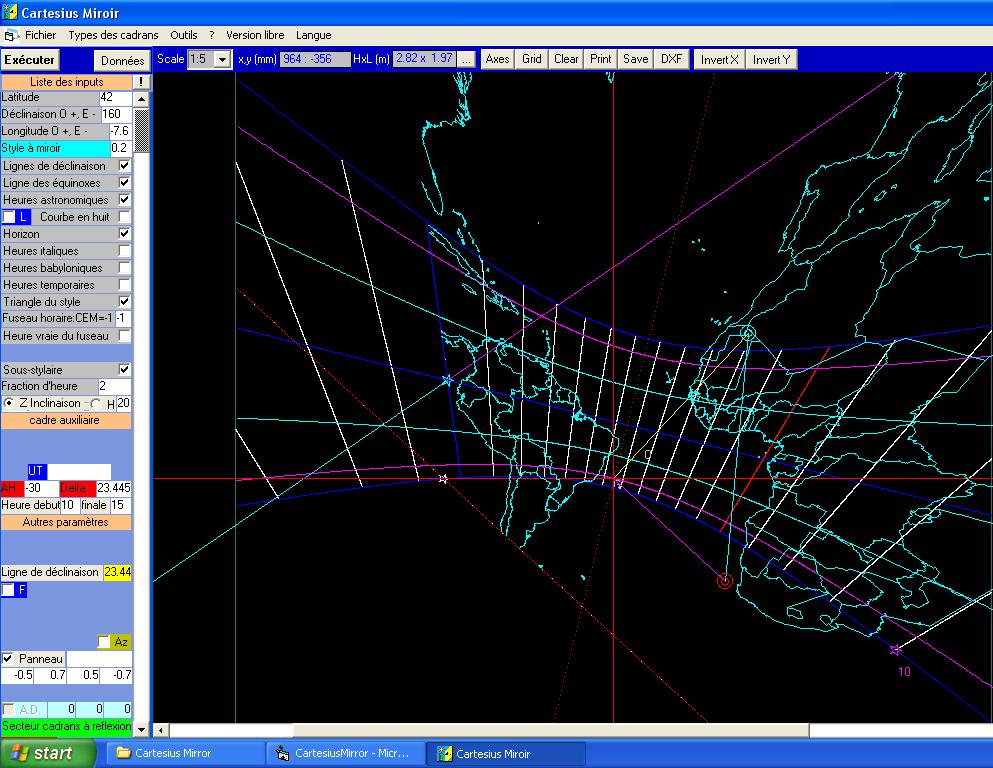
Cartesius Mirror
Cartesius Mirror is a program for the graphic realization of flat, cylindrical and reflection sundials. (VB6)
CONTACT
riccardo@anselmi.vda.it
Webmaster:
TheSunofRA.webmaster@gmail.com